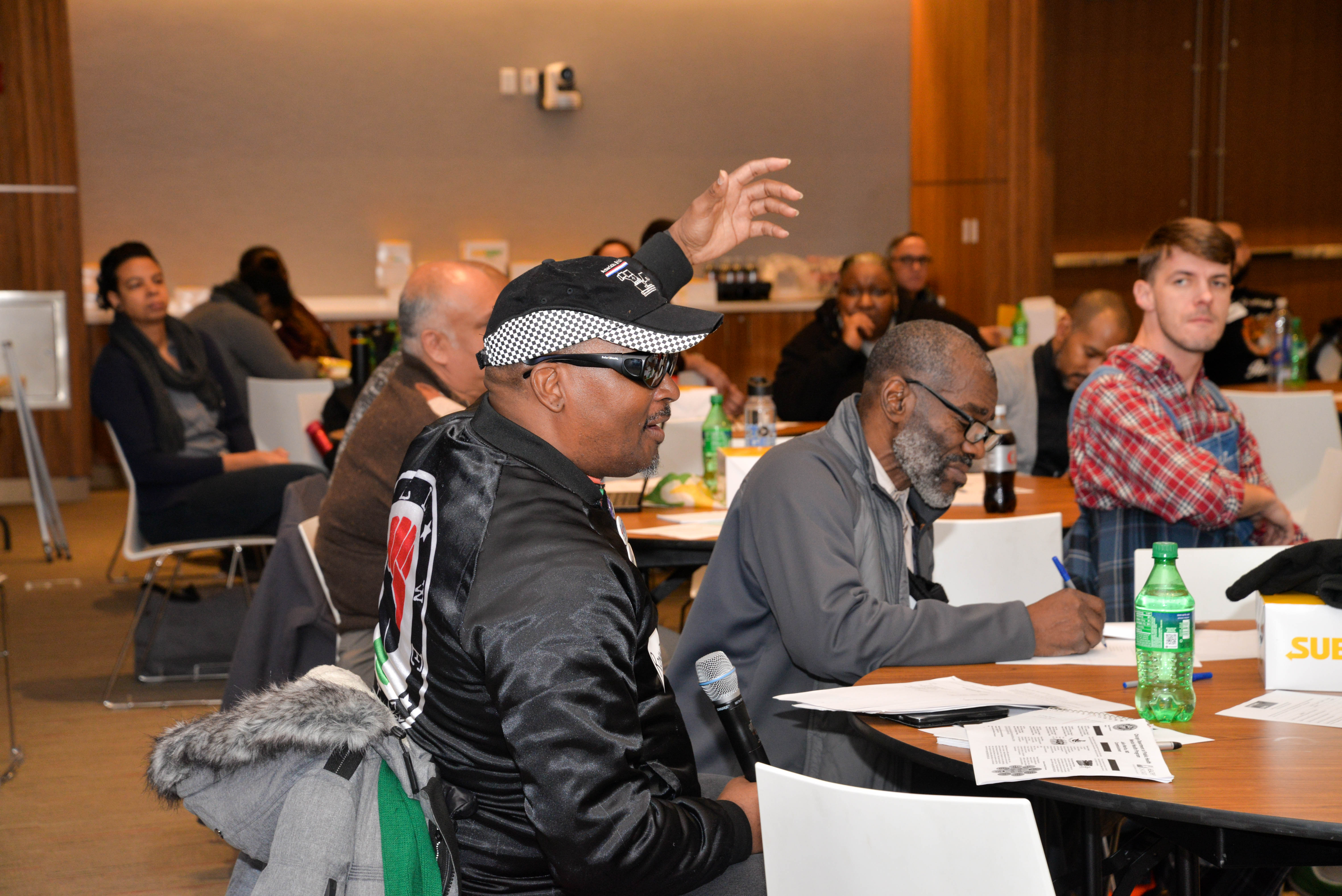
March 5, 2019
Your burning questions about GTZ-IL, answered
After the release of the Getting to Zero Illinois (GTZ-IL) Draft Plan to the public on Monday, Dec. 3, Sara Semelka, GTZ-IL project manager, and I have spent a lot of time connecting with people about the state-wide initiative. A handful of questions and themes continue to surface during the public comment period, and Sara and I wanted to address those questions here.
Question: What does the “Zero” mean in Getting to Zero?
Answer: “Getting to Zero” in Illinois by 2030 does not mean that we will eradicate HIV and AIDS. Our goal is to ensure that all Illinoisans living with HIV are thriving and that zero people living with HIV are not and engaged in care, support or treatment. We are also aiming to reach “functional zero” by linking and keeping people engaged in care, which we know drastically reduces HIV transmission.
Question: How did Getting to Zero Illinois start and why does it exist?
Answer: In July 2016, a small group of public health stakeholders met to explore what it would take to radically change the course of the HIV epidemic in Illinois. Although rates of new HIV diagnoses were steadily declining throughout the state, they knew there was more to be done. Inspired by similar plans in New York, Washington state and other jurisdictions that aimed to end the HIV epidemic in their areas, that group of stakeholders continued to meet to figure out next steps to end the HIV epidemic in Illinois and kick started Getting to Zero Illinois with the National HIV/AIDS Strategy (NHAS) serving as a road map for improving HIV outcomes.
Question: The plan focuses a lot on the biomedical approach to ending new HIV transmissions. What are the other ways GTZ-IL will work to end new HIV transmissions in Illinois?
Answer: We recognize that biomedical interventions like PrEP are only a piece of the much bigger picture to address HIV and AIDS. Without supportive services addressing employment, housing, transportation, mental and behavioral health, as well as social stigma and institutional and structural barriers we will not be able to achieve zero. We have included sections of the plan that speak to some of the social barriers in place like stigma around HIV, calling for action like culturally responsive training and education for the health care workforce. We also address some of the more concrete barriers in the plan, such as increasing the number of dedicated HIV housing units available in Illinois.
Question: Priority Populations: Why name these groups in the plan? What about other populations?
Answer: With the help of epidemiological data, we outlined nine specific populations and groups that are disproportionately impacted by the HIV epidemic. In the draft plan, we list strategies that address the unique barriers that each group faces, such as lack of access to information about HIV and HIV prevention. The plan makes the commitment that we cannot get to zero if only some people do; it is important that all Illinoisans receive equitable care to end the HIV epidemic. We are working to understand the root causes of disparities and address them in meaningful ways for our various priority populations. While there are other groups who experience HIV, we know that addressing HIV for our nine priority populations will also address HIV for everyone.
Question: Who are Getting to Zero Illinois partners?
Answer: The success of Getting to Zero Illinois would not be possible without the generous support of agencies and organizations throughout the state. All GTZ-IL partners are committed to showing their support for the two key pillars of the GTZ-IL plan:
1. Zero new HIV transmissions and
2. Zero people living with HIV who are not receiving treatment.
We ask our partners to be an active part in planning and implementing the GTZ-IL plan throughout its lifespan. Feel free to read more about partnership, including our current list of partners, on our website.
Question: What happens next?
Answer: Now that our public comment period has closed, we are moving back to our committees to edit and revise the plan. This is an extensive process of incorporating feedback and clarifying how we will get to zero. The draft plan will go through many rounds of edits before its approval by the steering committee. During this time, we will also explore the best way to share our finalized plan with the public. Once the plan is approved, it will be sent off for translation into Spanish. Look for the release of the Getting to Zero Illinois plan, in English and Spanish, in early spring!
Visit the ‘Get Involved’ section on our homepage to join our e-newsletter and stay up to date on all things GTZ-IL!
